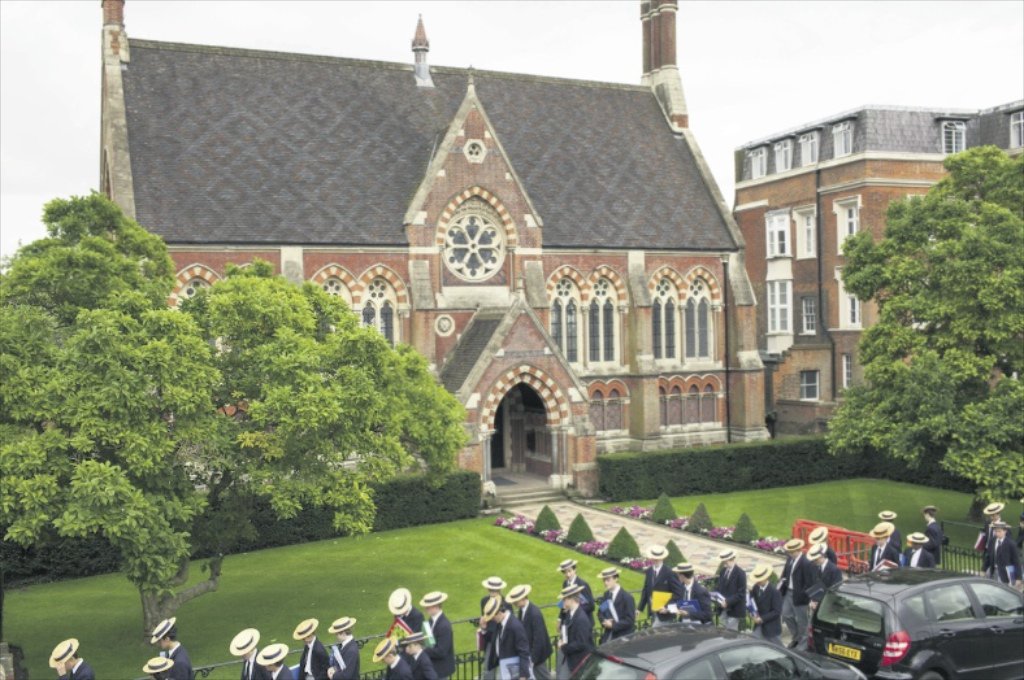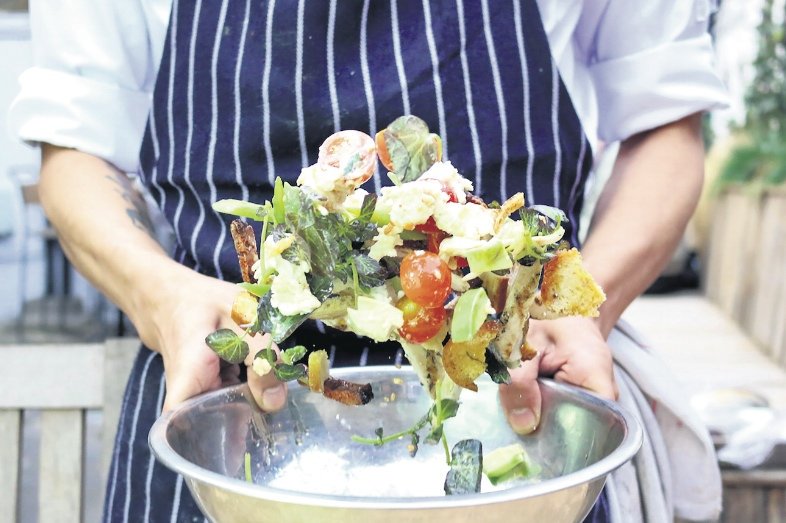Focus On Harrow: Why this west London suburb is popular with families and first time buyers

With inner city London gradually dividing itself into a series of ‘villages’, mimicking the community, farmers markets and independent high streets of semi-rural life, what’s the point of suburbs anymore?
Places like Harrow have traditionally been quite pedestrian places, attracting families to its healthy stock of semi-detached houses and good quality schools. The ultimate – Harrow School, the famous public school whose alumni boasts Sir Winston Churchill.
But the lack of affordable housing in these fashionable London villages may be changing the demographic. “It’s hard to define a typical buyer at the moment, perhaps more than was the case a couple of years back,” says Hari Patel, director at Hunters estate agents in Harrow.
House prices in Harrow have risen by 20.7 per cent since 2013, while London house prices overall have risen by 14.8 per cent over the same period.
“Buyers have generally been families historically, but we’re starting to see that change as millennials working in the city are also increasing in number; it’s only 15 minutes to Marylebone.”
This influx of millennials is nothing to the change the area saw during the 1920s, when it was developed from farmland into a series of new housing estates. A decade later, Sudbury Hill and South Harrow, previously on the District Line, joined the Piccadilly Line, bringing central London closer and the electrification of the Metropolitan railway also brought Harrow-on-the-Hill onto the Tube network.
By the mid-20th century, it had its own civic buildings and offices and was a fully-fledged London suburb with the extension of Greater London in 1965.
“Harrow has real staying power,” says Frances Clacy, Savills research assistant. “The wider borough is recorded as one of the locations that has the least frequent movers nationwide with homeowners typically selling around once every 19 years.”
The most popular place to live in central Harrow – not the borough at large – is Harrow-on-the-Hill, in the shadow the school which sits imperiously on top of a mound.
“In fact, as early as the 17th century, wealthy residents looked to the area for large estates to call home and its popularity is still evident today – the highest value house sales recorded in Harrow are located in private estates within Harrow-on-the-Hill,” Clacy adds.
In terms of capital growth, Harrow is a solid place to invest. Second-hand sale prices increased by 4.3 per cent last year, more than double to increase in London overall, which sits at 2 per cent, according to figures obtained by Savills using Land Registry figures. And before you suggest this is a blip, this increase has sustained itself over the last five years. House prices in Harrow have risen by 20.7 per cent since 2013, while London house prices overall have risen by 14.8 per cent over the same period.
In terms of what’s on offer, nearly half of all Savills’ sales have been flats in the 12 months to June 2018, which is pretty standard in London these days, but if you’re looking for a good value family home, Harrow’s higher-than-average number of semi-detached homes are calling, accounting for nearly a quarter of all sales in the area.
Expect to put up around £600,000 for one, while first time buyers can snap up a second hand flat for around £330,000.

Some expert salad tossing at The Castle pub
Area highlights
Harrow School is one of four all-boys, full-boarding schools remaining in Britain. Its alumni includes eight British or Indian Prime Ministers, five kings and three Nobel prize winners. An imposing presence in Harrow, it’s surrounded by extensive playgrounds and golf courses. Somewhat controversially, a popular local restaurant is The Old Etonian on the High Street. Serving largely French classics like salad nicoise and duck a l’orange, it’s also a hotel. For spectacular views over the city, it’s worth venturing westwards to the Parkview Cafe on the West Harrow Recreation Ground. For a cosy boozer, look no further than The Castle on West Street, a Victorian pub that’s now owned by Fuller’s but still has all its original lamps and fixtures, not to mention, open fires in the winter. For a spot of retail therapy, there’s St Anns Shopping Centre opposite Harrow-on-the-Hill station, which houses over 40 high street brands and a food court on the first floor. It was opened by Princess Diana in 1987.
Area guide
House prices Source: Zoopla
DETACHED
£876,655
SEMI
£558,169
TERRACED
£464,025
FLATS
£320,848
Transport Source: TfL
Time to Canary Wharf: 39 mins
Time to Liverpool Street: 34 mins
Nearest train station: Harrow-on-the-Hill